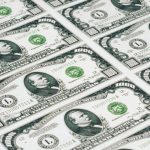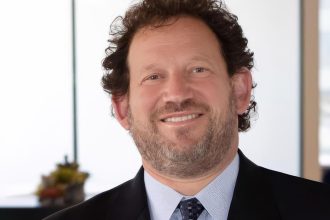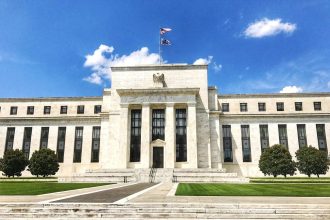MoMo Productions/Getty Images
Putting your savings on autopilot can help you save more money by splitting part of your direct deposit from your paycheck into a deposit account such as a high-yield savings account or an investment account.
This strategy can boost your savings in that a chunk of your paycheck goes into your checking account for daily expenses and to pay bills, while the other portion is deposited in an account, or accounts, that you’re comfortable setting money aside in. For example, if you’re building an emergency fund, you can split your direct deposit into a high-yield savings account, where it can earn more interest to help you build your fund faster.
Whether it’s a percentage of your paycheck or a set dollar amount each payday, having your money automatically moved into a high-yielding savings account allows you to beef up your savings — and chances are you won’t even miss it.
“Without even thinking about it, without lifting a finger, it’s being set aside,” says Jane Larimer, president and CEO at the National Automated Clearing House Association. “It’s that easy. And I think sometimes people think, ‘Well if I only have a few dollars, why do it?’ Well, a few dollars adds up over time.”
How to set up a split deposit
Here’s how to get started with split deposit:
- Determine if your employer offers split direct deposit by checking with your payroll department or signing into your account on your payroll provider’s website.
- You may be able to divide your paycheck based on either a percentage or a dollar amount.
- This process may be called changing your bank elections, or it may be under the choice of adding or editing your accounts. Some employers may have a form that you’ll need to fill out.
“If their employer doesn’t offer it, encourage them to offer it,” Larimer says. “Sometimes they just need to hear from their employees first.”
Even if your employer doesn’t offer split deposit, you can effectively accomplish the same thing by setting up recurring transfers from checking to savings automatically at your bank.
You also might be able to deposit most into checking and some into your savings account — if they’re at the same bank — when depositing a check. For those with checking and savings at two different banks, there may be a way to set up recurring transfers to your high-yield savings account.
Having an existing savings account is a great start — but be sure it’s earning a top yield especially during a time when top sayings yields are outpacing inflation. Otherwise, your money isn’t working its hardest for you.
Most consumers need the extra savings
According to a recent Bankrate survey, 35 percent of U.S. adults would need to borrow money to cover a $1,000 emergency.
But the savings problem may be even worse.
The Federal Reserve also released a study in May 2022 that found 37 percent of U.S. households couldn’t afford to pay a $400 emergency with cash or the equivalent of cash.
Larimer says a $20 split deposit each paycheck can make a big difference. Workers paid twice a month would accumulate $480 in a year — not including interest. That amount would put you on the right side of the Federal Reserve study.
Starting to save can be painfully slow at first, says Lauren Zangardi Haynes, CIMA, a certified financial planner at Spark Financial Advisors.
“Whether you’re investing or putting it into a savings account, in the beginning it feels like you’re not making any headway,” Zangardi Haynes says. But she says that if you stick with it consistently, “once you look back at the end of the year, you’ll see that you’re no longer a part of that statistic of not being able to afford a $400 emergency.”
“Many people have a feeling that there’s just absolutely no room in their budget,” Zangardi Haynes says. “But what happens is that we’re actually surprisingly flexible in terms of many of our spending choices.”
“I don’t think people give themselves enough credit for their ability to adapt,” she says.
Split deposit and your tax refund
Similar to your paycheck, you can have the IRS deposit your federal tax refund into several bank accounts, which makes it easier to put some of your refund into a savings account to start or build up an emergency fund. The IRS allows you to split up your deposited refund into as many as three accounts, at up to three different U.S. financial institutions.
Read the full article here
















